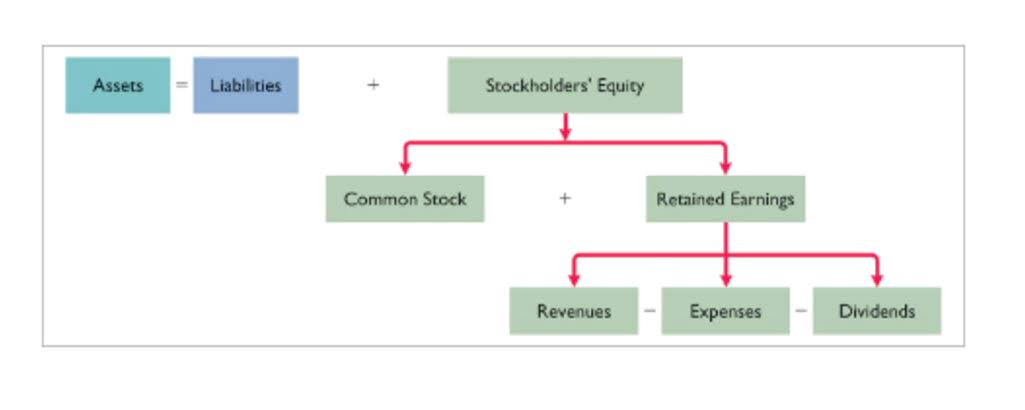
But CPG companies that approach S/4HANA migration as a platform for business transformation, rather than as a mere IT project, can avoid these pitfalls and reduce their SG&A costs by as much as 25 percent. The importance of enterprise resource planning (ERP) systems for realizing change in corporate functions is increasing. ERP systems remain the backbone of CPG companies but are increasingly complemented by best-of-breed, hybrid systems architecture (Exhibit 2).
Trend 11: Pressure for profit from activist investors
Momentum remains a critical factor and accounts for 1.6 percent of growth across the entire sample. Execution has emerged as the strongest driver of growth for CPG companies. In 2019, accretive growers demonstrated a 5.0 percentage-point differential in organic growth by pulling the right commercial levers and gaining market share within their category (up from 4.6 percentage points in 2018). Even more important, execution plays a role in generating profitable growth. Compared with dilutive growers, accretive growers delivered a 0.6 percentage-point differential in organic growth as a result of efficient execution. Firstly, streamlining cpg accounting and procurement processes enables better monitoring of expenses by eliminating duplicate payments or overpayments.
How to Streamline Your CPG Accounting and Procurement Processes
Companies that sell consumer packaged goods (CPGs) are traditionally high-margin, high-volume businesses. They produce goods primarily in the consumer staples category, with streamlined production facilities that can take advantage of economies of scale and lower overall costs of goods sold (COGS). The consumer packaged goods industry is highly competitive due to higher barriers to entry as well as high saturation and low consumer switching costs. In fact, more than one-quarter of the companies in our database were accretive growers that achieved organic growth and margin expansion at the same time (Exhibit 2).
Choose interlocking capabilities that play to your strengths
- Product design needs to get closer to what the consumer values and reduce all other costs by modularizing, tearing down, and benchmarking every element in new designs.
- CPG companies have been slow to respond to these changes, causing friction and impeding organizational agility.
- Assuming constant margins, CPG players need to achieve 1.0–1.5 percentage points higher organic growth rates than they did in the last decade to meet investor expectations.
- Consumer packaged goods companies have faced daunting challenges in recent years to sustain consistently strong performance.
- Understanding the lingo of CPG businesses can help you better understand the consumer and grow stronger relationships with retailers.
Even a small assumption could push your entire financial model wildly off course. Keeping a tight rein on your trade costs helps you create and allocate budgets based on hard, cold data—and the actuals from accounting— and update your forecasts and budgets to reflect the most accurate and up-to-date information. But sub-par corporate accounting practices won’t only make handling your finances harder to run your company today—it will also impact your ability to grow and thrive in the future.
- Although categorizing transactions is essential in all businesses, it’s even more vital for CPG brands.
- Now, you have a 20% contribution margin, which could be higher but not bad.
- Customer lifetime value measures the strength of the relationship between a brand and a consumer.
- CPG stands for consumer packaged goods, which are products that are purchased frequently and used quickly by consumers.
- One way to do this is to break down your customers into cohorts, or segmented groups, based on specific demographics or behaviors.
- This reserve is an estimate and should be recorded based on historical trends, industry trends, or other substantiated data.
- A handful of expenses fit between gross revenue and net revenue on the income statement.
Your gross sales deductions go up or down.
- In addition, CPG companies must account for any indirect costs, such as packaging and shipping, that are included in the cost of goods sold.
- To win in the next normal, CPG companies should continue to fire on all cylinders for growth by scaling quickly, building partnerships, and pursuing M&A opportunities—with a strong emphasis on execution as a key differentiator.
- The next article in the series will highlight insights into the differentiating capabilities that accretive growers have built within their organizations.
- Without knowing where your cash is coming from, where it’s going, and how much you have on hand at any given moment is essential for understanding other important metrics of your business, including the profitability of your products.
- A quantitative analysis of more than 40 of the world’s largest CPG organizations suggests that the answer is yes.
At the onset of the pandemic, when restaurant closures led to more grocery store spending, CPG companies struggled to meet surging demand for basic consumer goods. In light of this sometimes explosive demand, they doubled down on their core products and accelerated supply chain agility. In fact, PwC analysis https://www.bookstime.com/ of Capital IQ and World Bank data estimates CPG revenue will likely grow by 4.8% between 2020 and 2022, the highest rate in 20 years. The most advanced CPG companies are doing more than investing in customer relationship management systems to gather and leverage first-party data from their DTC operations.

Twelve trends disrupting the traditional model
One pain point that many CPG startup founders encounter is finding a balance between conservative and aggressive modeling. Founders tend to be natural optimists and high achievers, and self-imposed pressures often make it difficult to be realistic with your modeling. When you have to pull information from multiple data sources—and then have a lot of people touching that data—it can lead to mistakes, inconsistencies, and inaccuracies, which in turn leads to poor decision-making. For managers of inventory, two key ratios will also look at turnover and days.

Five of those trends are disrupting CPGs’ traditional mass market brand-building. Digital media and the ubiquity of digital data are transforming how consumers learn about brands. In Western markets, what consumers value is shifting, with younger consumers seeking brands they see as special, different, and authentic. About half of Western consumers across age groups are prioritizing conscious eating and living, preferring purpose-driven brands that help them meet personal goals like reducing meat consumption. Small brands are rushing in to deliver on these brand values (although execution challenges during the COVID-19 crisis have held them back, growing at only their fair share, instead of outgrowing large brands).
These slow-growing or “misfit” offerings are ripe for divestiture, which will allow you to focus on a leaner, more cohesive growth portfolio. Consumer data offers a trove of insights for consumer engagement while protecting customer privacy. CPG companies are better positioned than ever before to connect directly with consumers, who are eager to hear from brands in a variety of digital channels. Consumer packaged goods companies have faced daunting challenges in recent years to sustain consistently strong performance.

